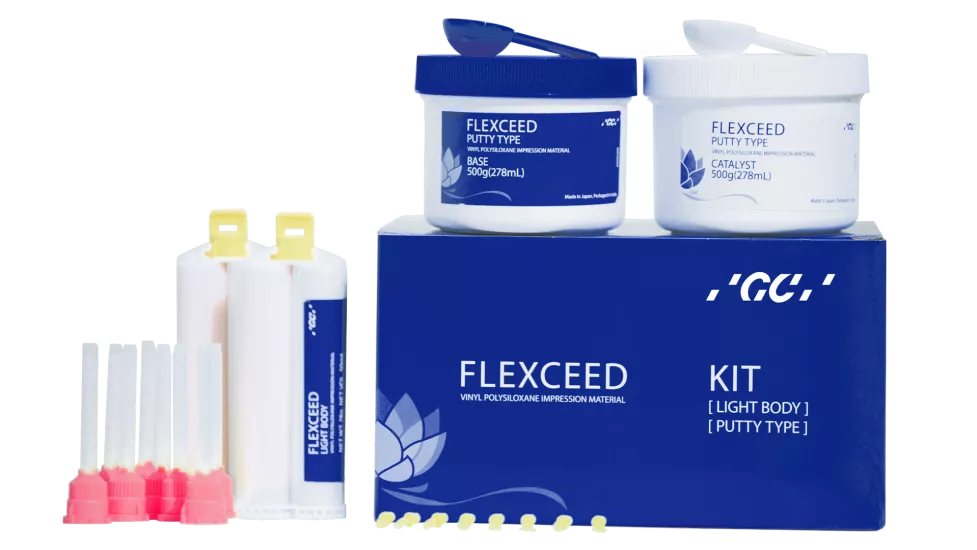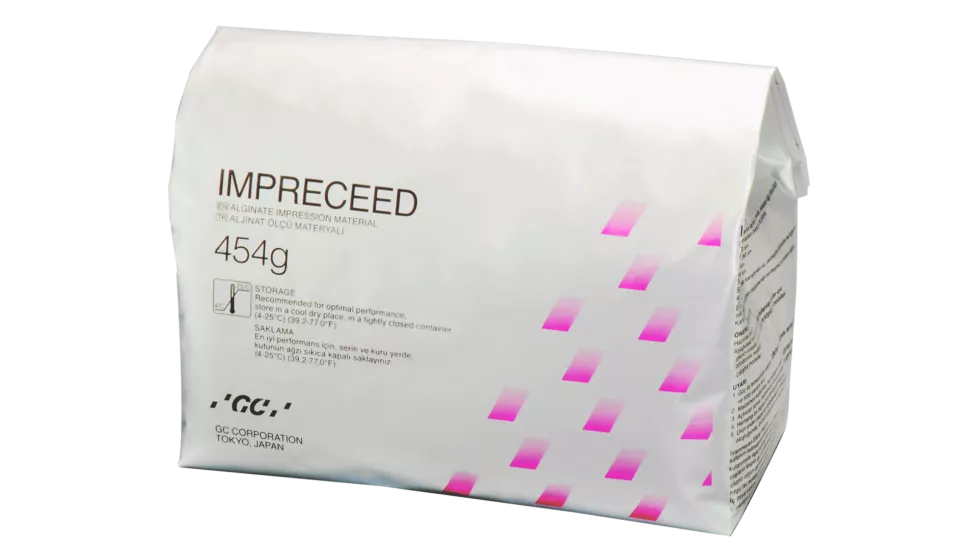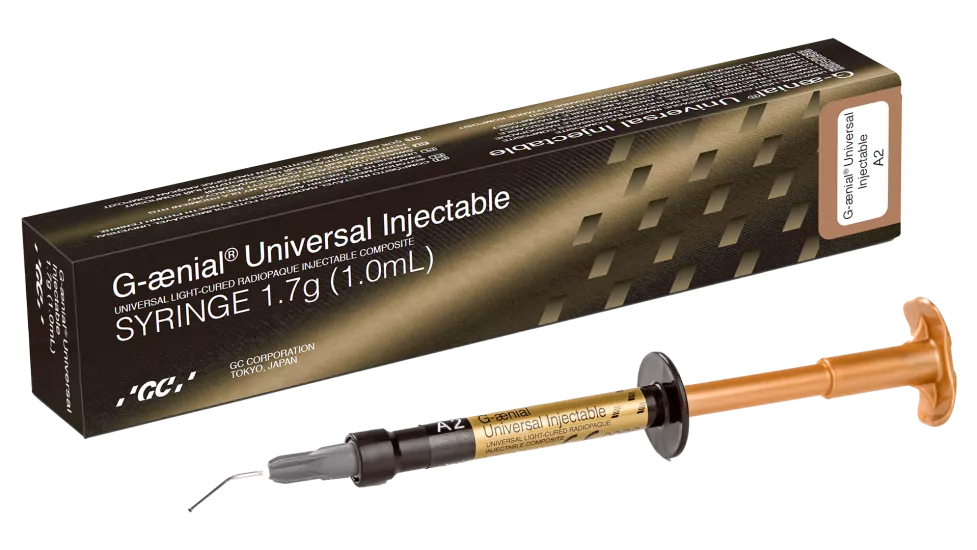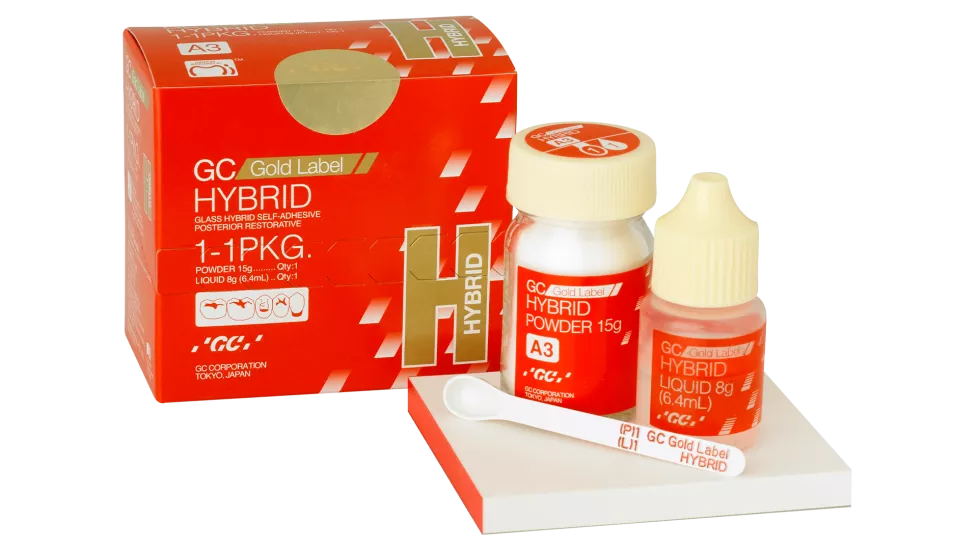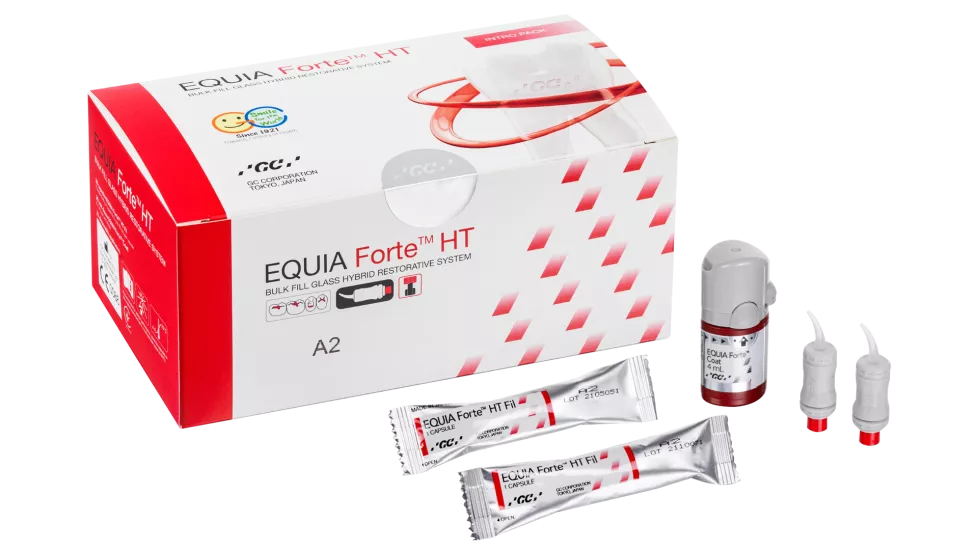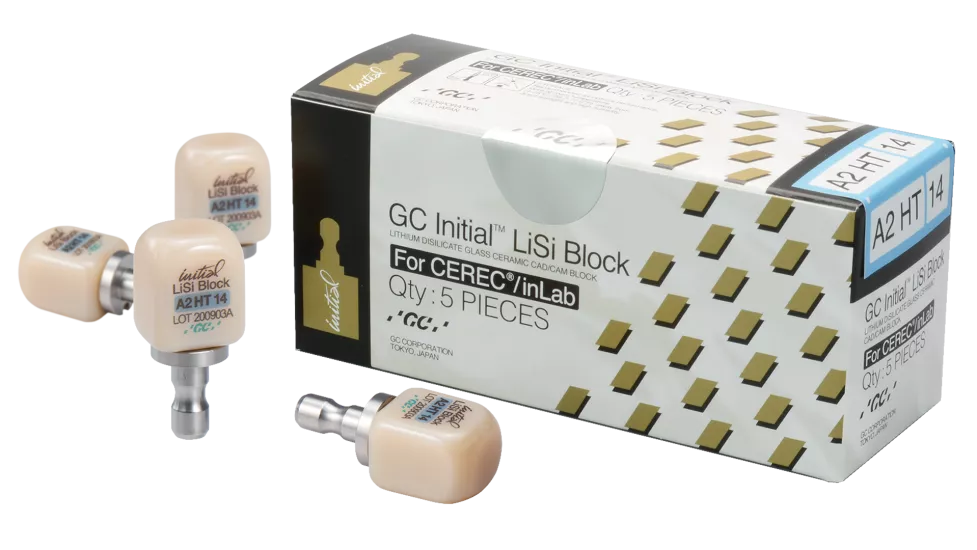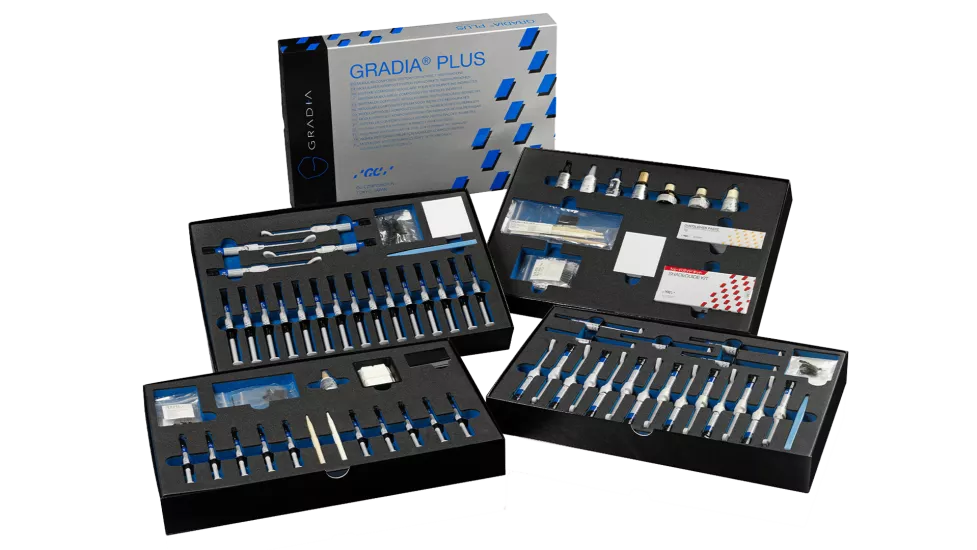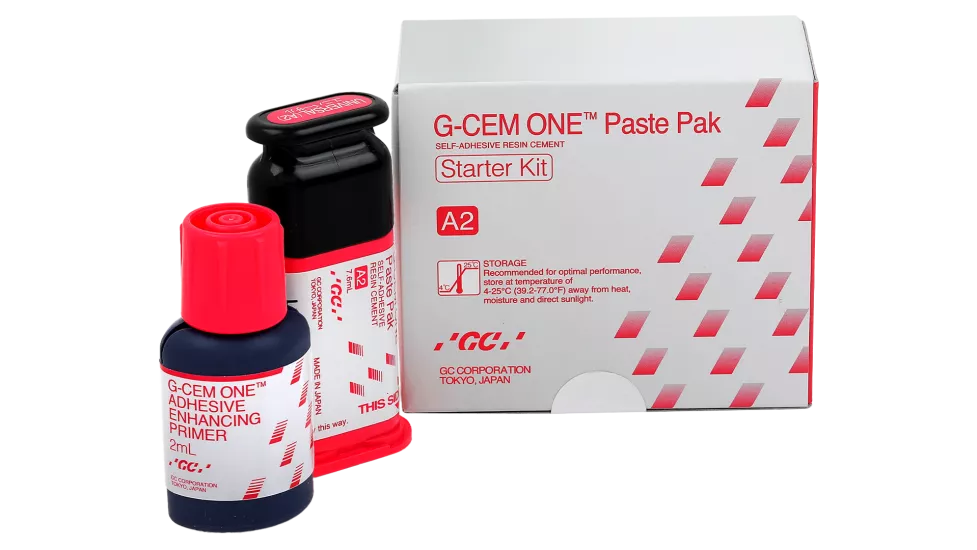EQUIA® Restorative system: outstanding performance confirmed by several long-term clinical trials
09/17/2020
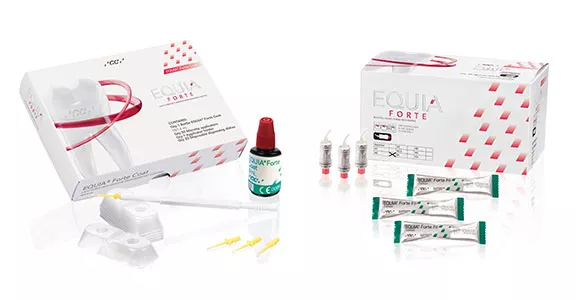
Introduced in 2007, the EQUIA restorative system quickly proved to be a new standard in restorative technology, offering aesthetically pleasing bulk-fill posterior restorations and an advanced option to overcome limitations of amalgam, composite and conventional glass ionomer fillings. Over the years, EQUIA has inspired a number of prominent research groups to evaluate its clinical performance in several short- and long-term trials.
Mounting evidence for EQUIA
A significant number of articles published in high-ranked journals brought in light the remarkable performance of EQUIA in Class I and II restorations after 2- and 3-year follow-up periods (Friedl et al1; Klinke et al2; Olegario et al3; Fatidou et al4; Lopez et al5). Two additional studies (Turkun et al6 and Basso et al7) evaluated EQUIA restorations after longer periods of 6 and 7 years respectively, concluding about its reliability and durability for Class I, II and V restorations.
Other leading studies compared EQUIA to conventional resin composites. For instance, Menezes Silva et al8 and Kupietzky et al9 demonstrated similar success rates of EQUIA and composite resin in Class II restorations after 3 years.
After a 5-year trial, Molina et al10 revealed the optimal performance of EQUIA to treat special care patients. EQUIA also proved to be a trustworthy restorative option for non-carious cervical lesions after 1 and 3-years as described by Vaid et al11 and Celik et al12 respectively. A randomized controlled trial leaded by Heck et al 13 showed, after a 6-year follow-up, the acceptable performance of EQUIA to restore two- or three-surface class II restorations.
Finally, Gurgan et al14. conducted a notable 10-year clinical trial reporting an outstanding success rate of 100% for the EQUIA restorative system in class I and II cavities.
Glass Hybrid materials: a new era of performance
Building on the extensive and positive clinical evidence of the EQUIA restorative system, GC introduced in 2015 EQUIA Forte, the first glass hybrid, and offer an unprecedented option for long-term restorations.
The interim results of clinical studies show the suitability of EQUIA Forte as a long-term material to restore extended size Class II cavities. Gurgan S. et al15 compared EQUIA Forte to a micro-hybrid composite concluding that, after 4 years, both materials presented optimal surface and marginal adaptation characteristics. The EQUIA Forte multicenter study (Miletic I. et al16) compares the glass-hybrid to a nano-hybrid resin composite (Tetric EvoCeram, Ivoclar Vivadent) and the two-year interim results have shown similar clinical performance for both materials.
Backed by years of extensive research and academically reviewed publications, this literature review provides clinicians with the unwavering confidence in glass hybrid restorative systems as an optimal long-term restorative alternative.
The latest Glass hybrid, EQUIA Forte HT, offers increased aesthetics and strength compared to its predecessor EQUIA Forte, confirming that the glass-hybrid are a trustworthy long-term restorative option to the dentist while still being cost effective for patients.
References:
- Friedl K et al, Clinical performance of a new glass ionomer-based restoration system: a retrospective cohort study Dent Mater. 2011 Oct;27(10):1031-7. doi: 10.1016/j.dental.2011.07.004
- Klinke T et al. Clinical performance during 48 months of two current glass ionomer restorative systems with coatings: a randomized clinical trial in the field Trials. 2016 May 8;17(1):239. doi: 10.1186/s13063-016-1339-8
- Olegário C et al, Glass carbomer and compomer for ART restorations: 3-year results of a randomized clinical trial Clin Oral Investig. 2019 Apr;23(4):1761-1770. doi: 10.1007/s00784-018-2593-9
- Fatiadou et al, A 3-year controlled randomized clinical study on the performance of two glass ionomer cements in Class II cavities of permanent teeth Quintessence Int. 2019;50(8):592-602. doi: 10.3290/j.qi.a42692
Lopez L et al, Randomized clinical trial evaluating proximal retentions on ART restorations J Dent Res Vol 98 (Spec Iss A):2120 https://iadr2019.zerista.com/event/member/584705 - Türkün S et al, A prospective six-year clinical study evaluating reinforced glass ionomer cements with resin coating on posterior teeth: quo vadis? Oper Dent. 2016 Nov/Dec;41(6):587-598. doi.org/10.2341/15-331-C
- Basso M et al, 7 Years, multicenter, clinical evaluation on 154 permanent restorations made with a glass ionomer-based restorative system. J Dent Res Vol 95 (Spec Iss B): 0446. 2016. doi: 10.13140/RG.2.1.1603.2249
- Menezes-silva I et al, Three-year randomized clinical trial evaluating ART and composite resin restorations J Dent Res Vol 98 (Spec Iss A):3732 https://iadr2019.zerista.com/event/member/582959
- Kupietzky A et al, Long-term clinical performance of heat-cured high-viscosity glass ionomer class II restorations
- versus resin-based composites in primary molars: a randomized comparison trial. Eur Arch Pediatric Dent. 2019 Feb 28. doi: 10.1007/s40368-019-00423-x
- Molina G et al, Five-year follow-up of ART and CRT in patients with disability. J Dent Res Vol 98 (Spec Iss A): 1357, https://iadr2019.zerista.com/event/member/583146
- Vaid DS et al, One-year comparative clinical evaluation of EQUIA with resin-modified glass ionomer and a nanohybrid composite in non-carious cervical lesions. Conserv Dent. 2015 Nov-Dec;18(6):449-52. doi: 10.4103/0972-0707.168805
- Celik U et al, Three-year clinical evaluation of high-viscosity glass ionomer restorations in non-carious cervical lesions: a randomized controlled split-mouth clinical trial Clin Oral Investig. 2019 Mar;23(3):1473-1480. doi: 10.1007/s00784-018-2575-y
- Heck K et al, Six-year results of a randomized controlled clinical trial of two glass ionomer cements in class II cavities J Dent. 2020 Jun;97:103333. doi: 10.1016/j.jdent.2020.103333
- Gurgan S et al, A randomized controlled 10 years follow-up of a glass ionomer restorative material in class I and class II cavities J Dent. 2020 Mar;94:103175. doi: 10.1016/j.jdent.2019.07.013
- Gurgan S. et al, 48-Month clinical performance of a glass hybrid in extended size class II cavities. J Dent Res Vol 99 (Spec Iss A): 1389 https://iadr2020.zerista.com/event/member/678011
- Miletic et al, Clinical performance of a glass-hybrid system compared with a resin composite in the posterior region: Results of a 2-year multicenter study. J Adhes Dent. 2020;22(3):235-247. doi: 10.3290/j.jad.a44547.

